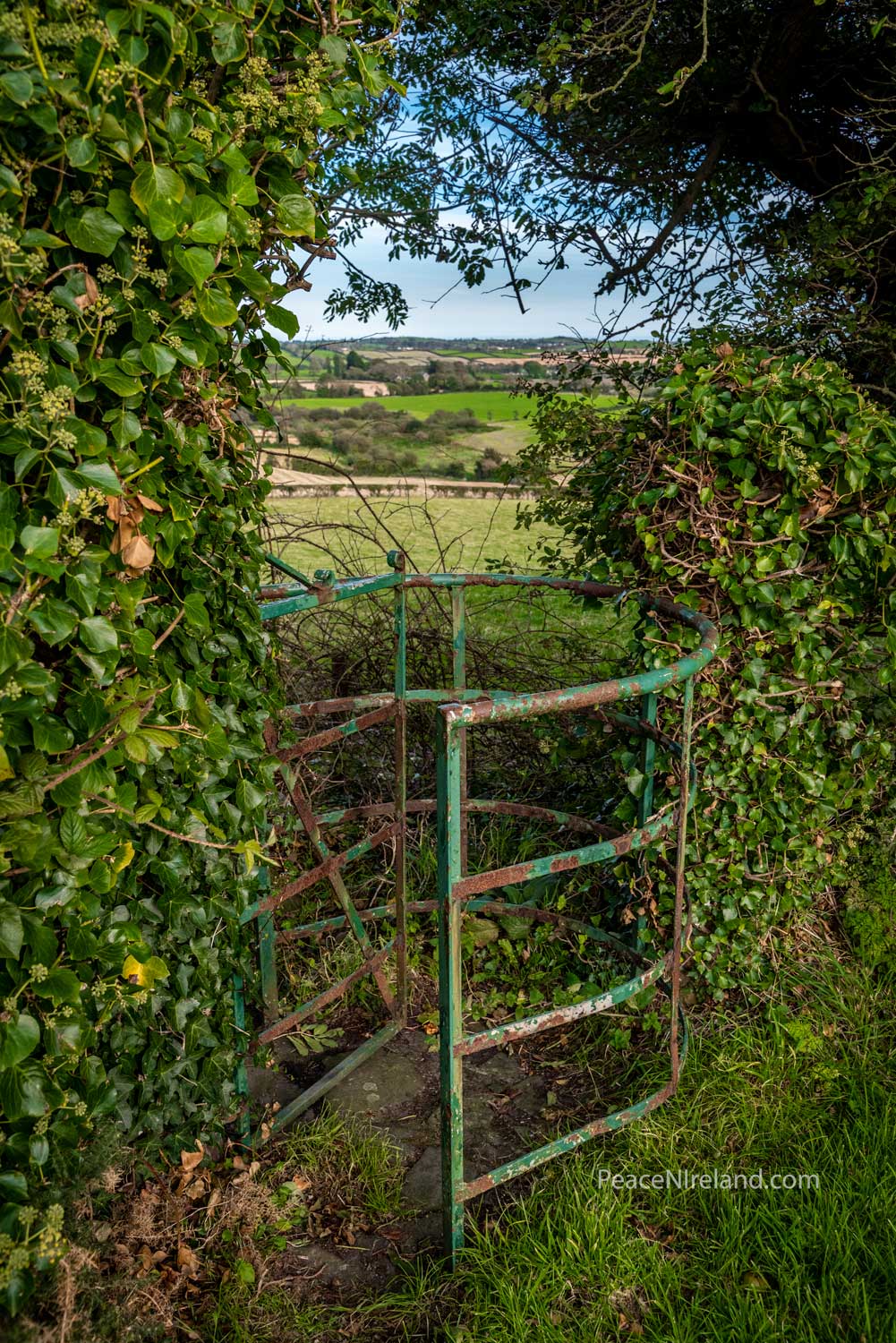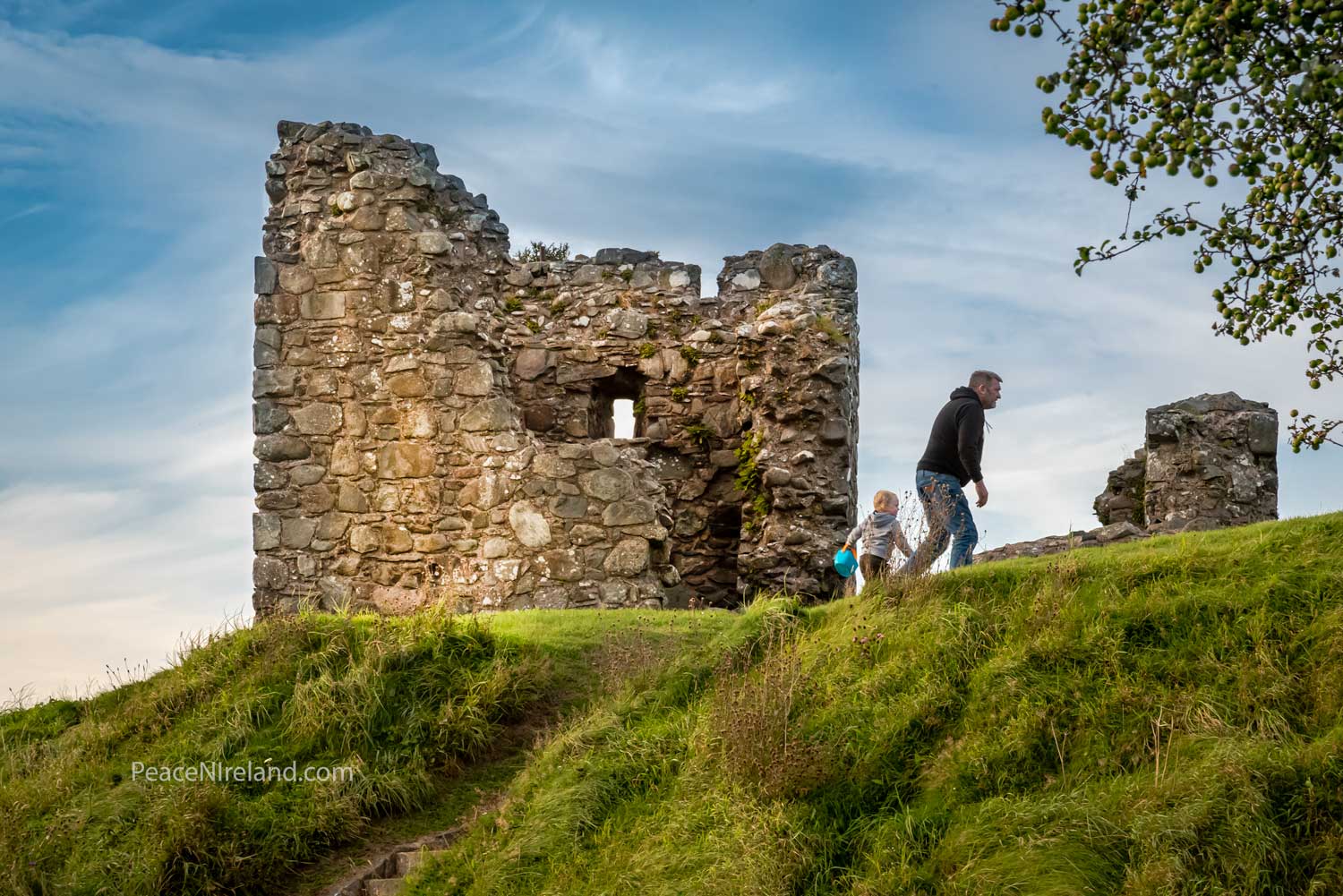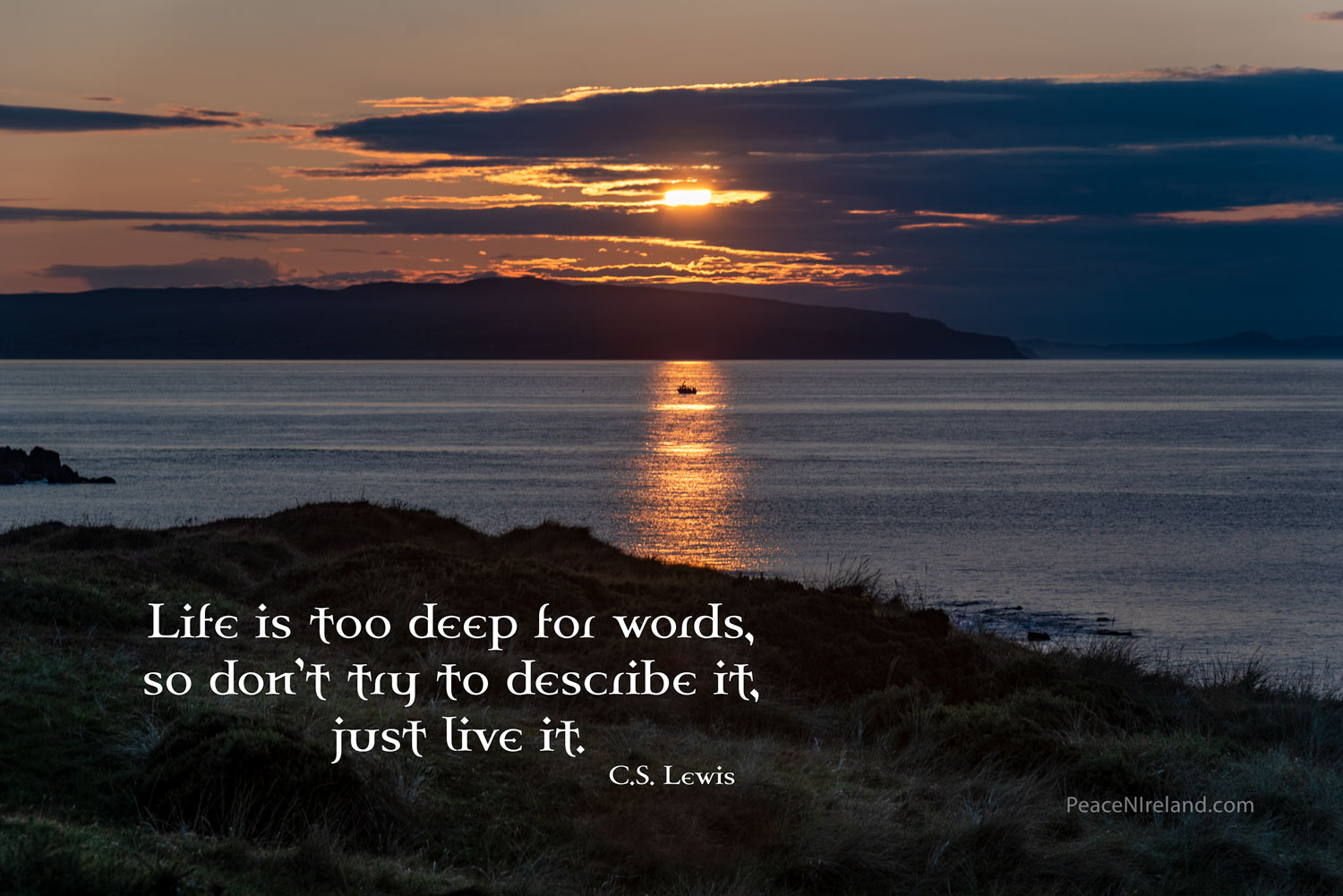Quotes
The Interview that was Life-Changing for me
In the 1980s, I applied for a transfer within the BBC from Northern Ireland to London. That’s because I was tired of living with the “Troubles” in Northern Ireland. I felt that London would enhance not only my career, but my quality of life. As I was single at the time and without commitments, it seemed like a sensible move.
I had already had my first BBC interview for a transfer when I visited The Corrymeela Community at Ballycastle for the first time to interview its founder Ray Davey. This was very much a research interview since I had read about Ray and his wartime experiences, etc., and thought there might be documentary material. I had picked up the idea after meeting some young people in Belfast who had been radically transformed through a Corrymeela schools programme.
Meeting and interviewing Ray that day had a profound influence on me. His perspective on life’s meaning and purpose, spoke, almost prophetically, to my selfish motivation for wanting to leave Northern Ireland. I had a very uncomfortable drive home from Ballycastle that day. After a period of reflection, I knew I was being led by God to stay and make whatever contribution I could to a better Northern Ireland, instead of running away for the sake of a potentially more comfortable life.
I got to make that documentary for the BBC. It was called “The Path of a Peacemaker” and was broadcast in 1990 for the 25th anniversary of the founding of the Corrymeela Community. It can be viewed below.
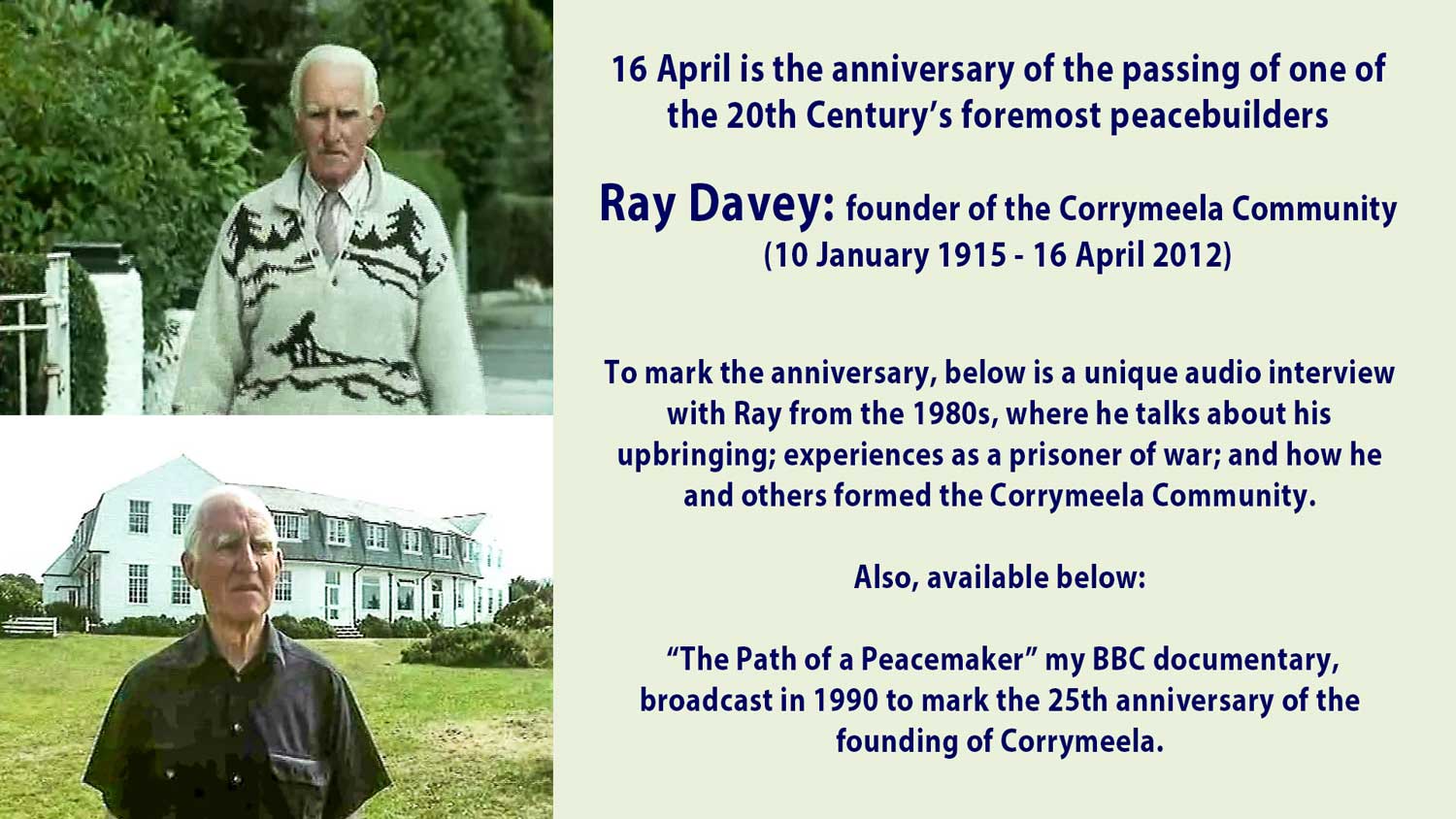
The Path of a Peacemaker: A Profile of Ray Davey and the Corrymeela Community
Happy St Patrick’s Day
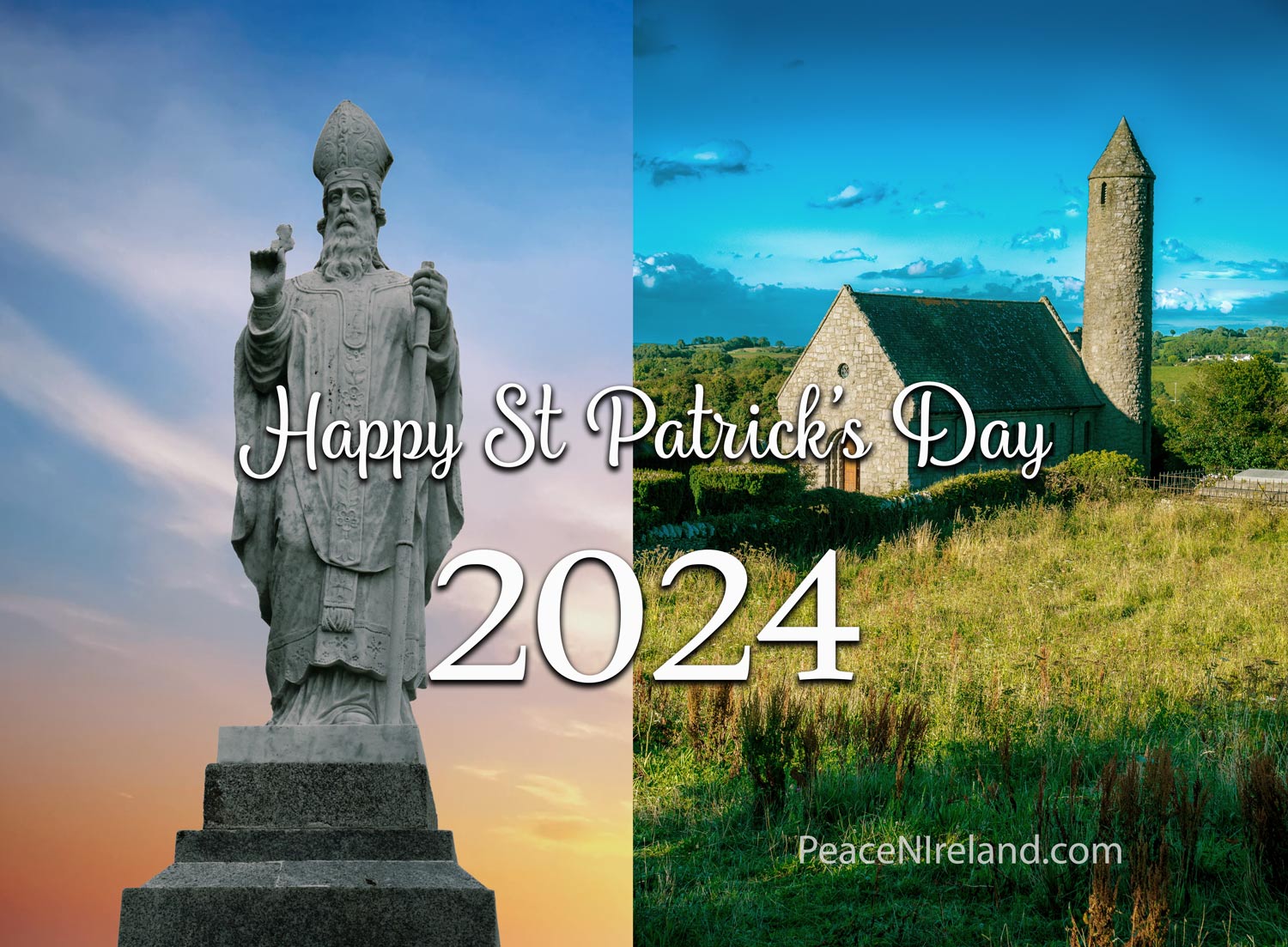
St Patrick Meets Danny Boy.
All you need to know about the saint.
Become what you think about: Earl Nightingale
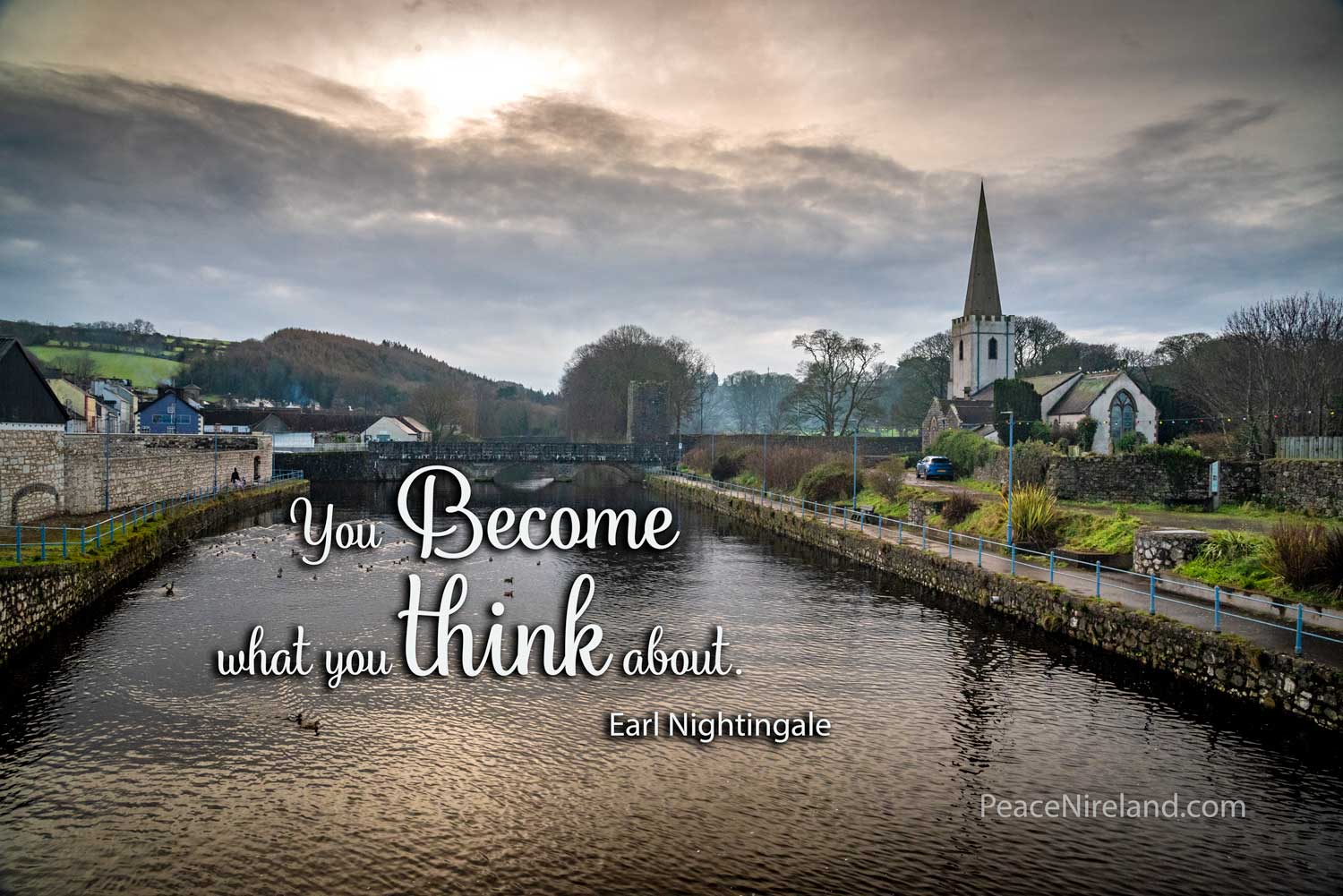
Glenarm Village and River, County Antrim, New Year's Day 2024

Glenarm Harbour, County Antrim, New Year's Day 2024
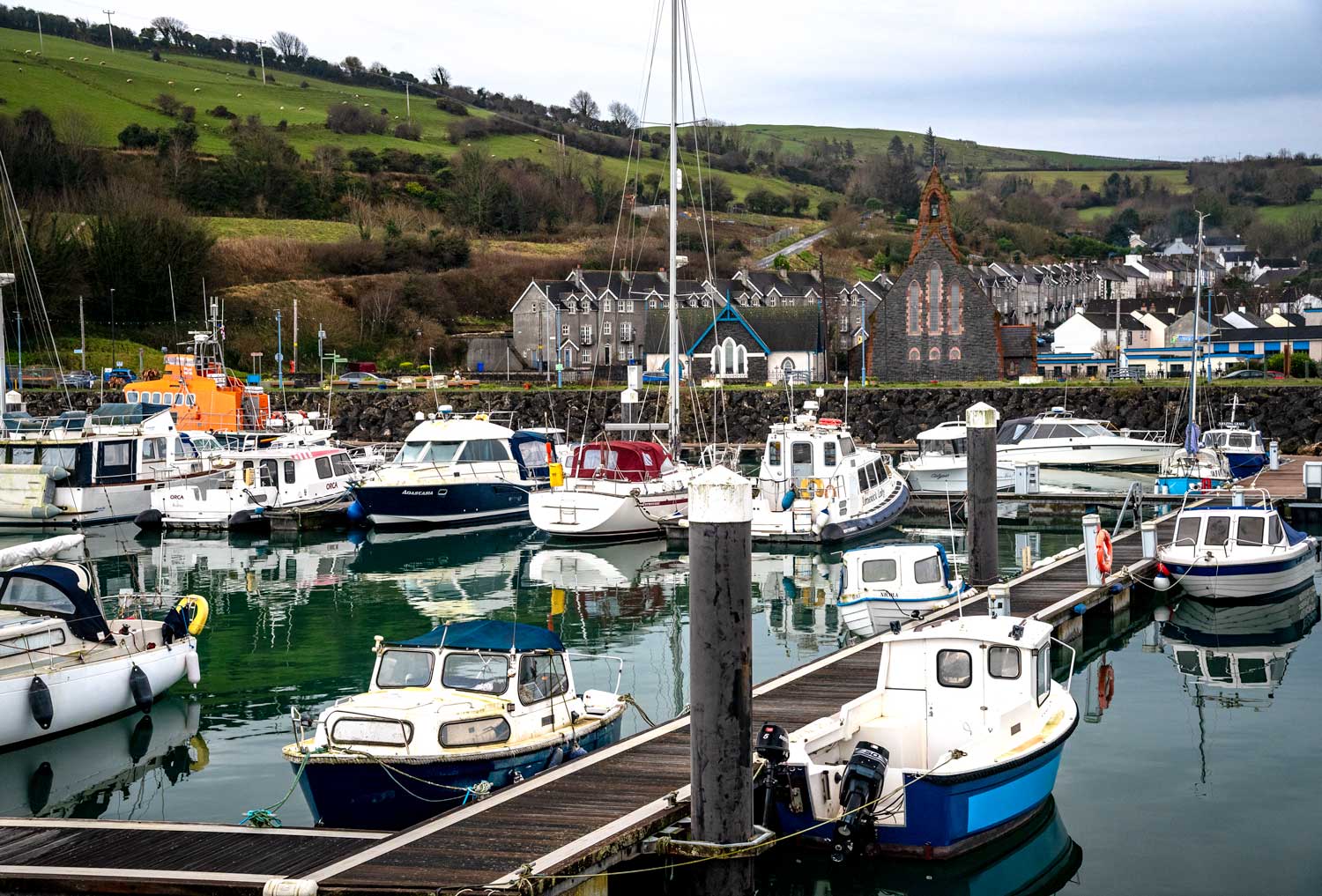
Glenarm Harbour, County Antrim, New Year's Day 2024
Snow: Seasons
Couldn’t resist a walk round the lovely Hillsborough Lake in County Down in the snow this morning. I was reminded of our seasons and the fact that one season is for sowing and another is for reaping. We don’t do both in the same season. If your life or business feels like it’s in its winter season right now, then hang on, because Spring is coming. It’s a law and it never fails. Your Spring and Summer season will come.
PHOTOS & TEXT: John Callister

Hillsborough Lake, County Down,

Hillsborough Lake, County Down,
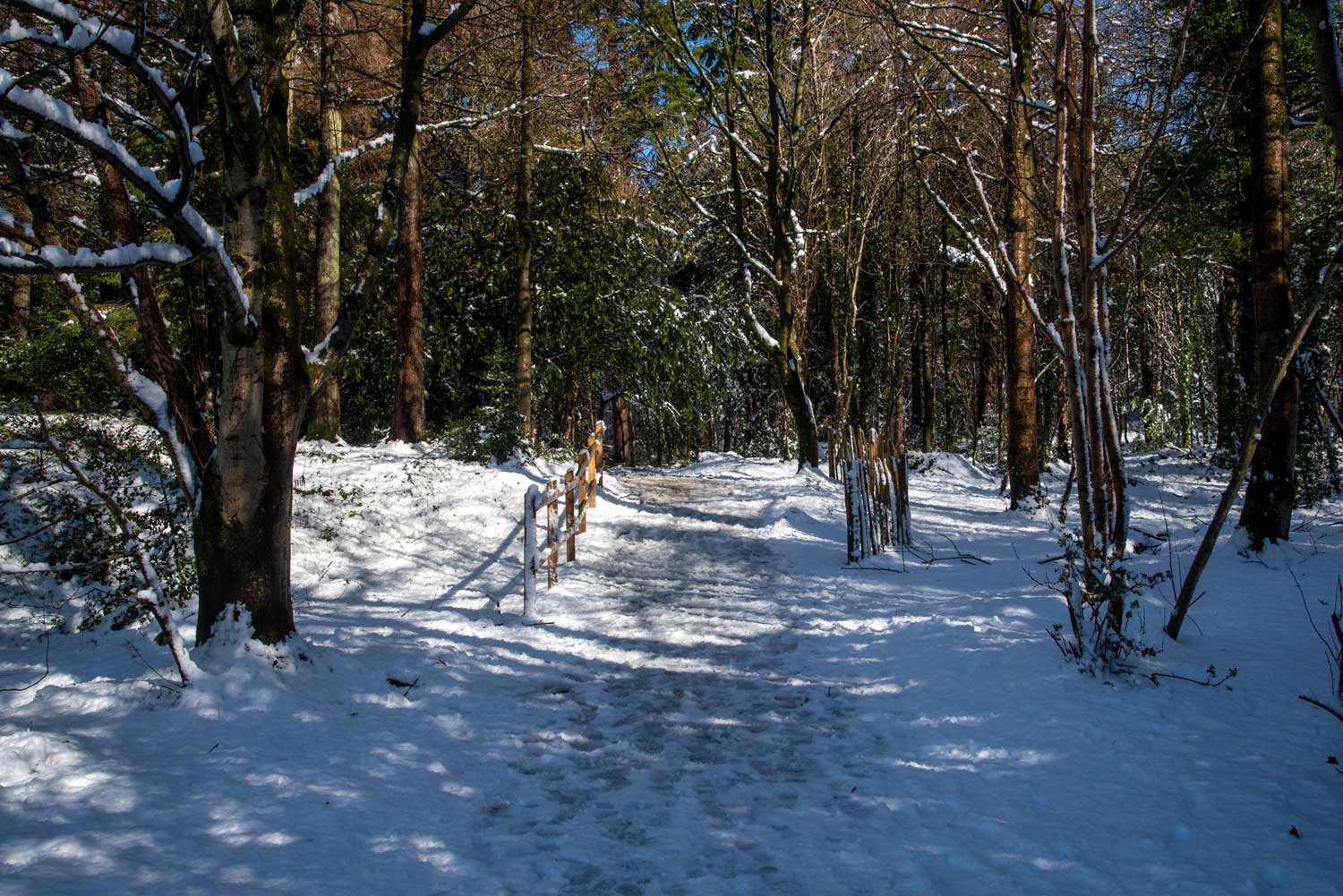
Hillsborough Lake, County Down,

Hillsborough Lake, County Down,

Hillsborough Lake, County Down,

Hillsborough Lake, County Down.

Hillsborough Lake, County Down.
Past/Future: Theodore Roosevelt

Ruin of St Cuthbert's church, Ballytober Road, Bushmills, County Antrim
These are the ancient church ruins of St Cuthberts on the Ballytober Road in County Antrim. The church dates from the late 1630s and was built on the site of a much older medieval church. St Cuthberts was a place of worship for Protestant settlers in the area, but it is credited as having been provided by Catholics; namely, Lady Katherine Manners, wife of the first Earl of Antrim, Randall McDonnell, and widow of the late Marquess of Buckingham. It is, therefore, a rare example of church tolerance in this region at that time.

The church served the Parish of Dunluce from 1622-1821 when the new Church of St. John the Baptist was built in Bushmills. It originally had a thatched roof, but as was the custom, it was then unroofed and the contents sold at auction.

The graveyard surrounding the church includes the remains of some sailors and noblemen who drowned when the ill-fated Spanish Armada ship, Girona, sank nearby in 1588, at what became known as Port na Spaniagh (or the Bay of the Spanish). It wasn’t until 1967 that the wreck of the Girona was discovered by Belgian diver, Robert Stenuit.
Peace: Maha Ghosanada
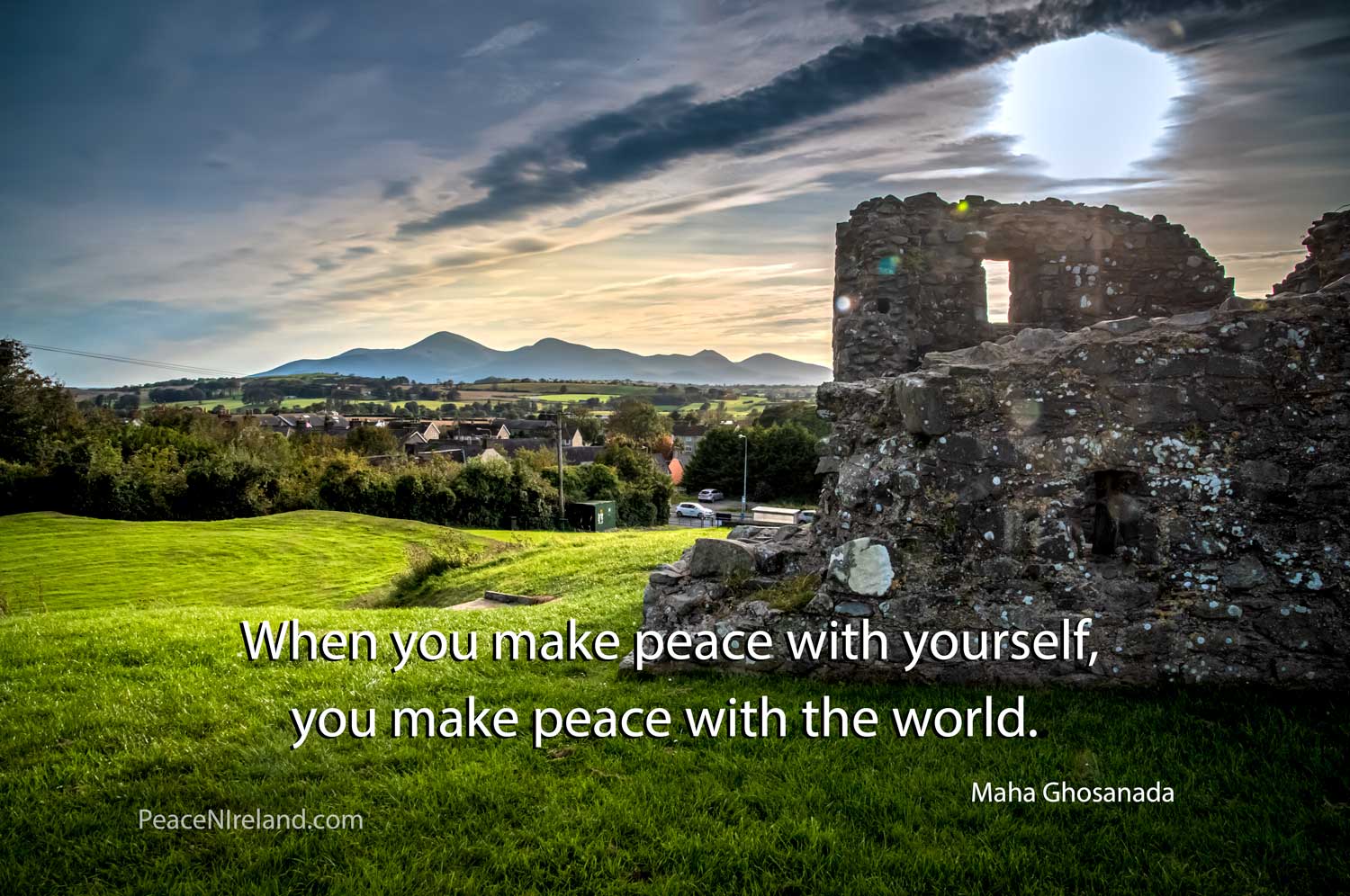
Clough Castle, County Down, with Mourne Mountains in background
In the sixteenth century, the ruined ‘keep’ was rebuilt as a tower house. The castle sits on a 25ft artificial mound, giving a vantage point for lovely views over the surrounding countryside, including the Mourne Mountains.

